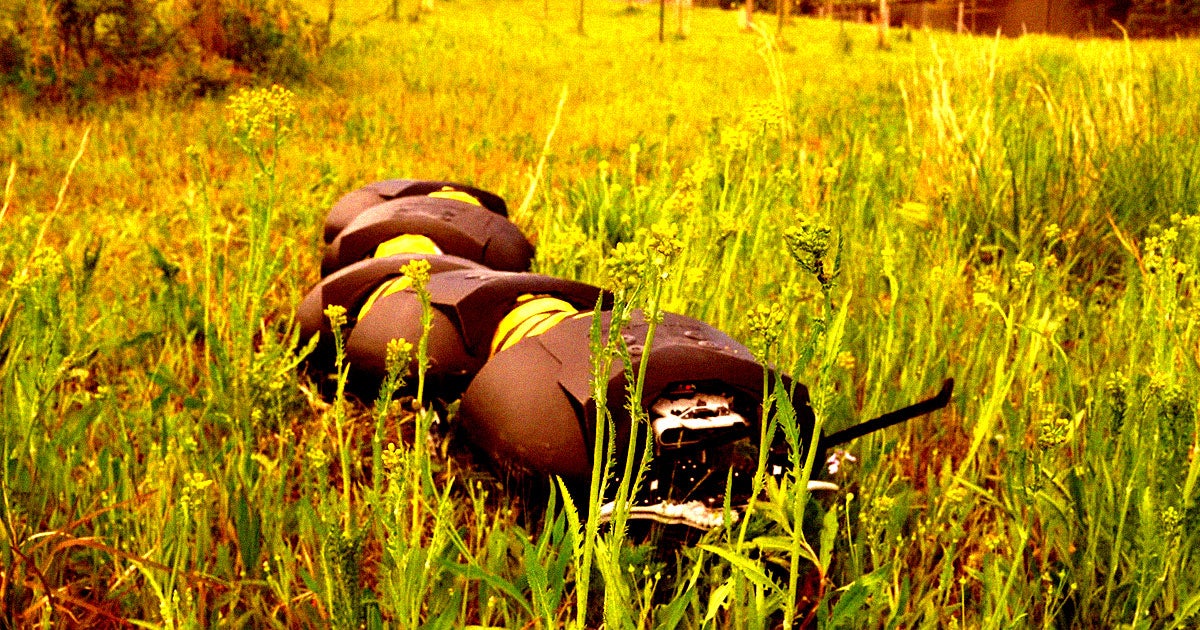
A robotics startup has unveiled an innovative solution to one of agriculture’s persistent challenges—weed control. Ground Control Robotics, specializing in bio-inspired robotics, has developed a robotic centipede designed to identify and remove weeds autonomously. This cutting-edge device mimics the movement of a biological centipede, integrating sophisticated sensors and motor-actuated limbs to execute precise, non-chemical weeding in a range of environments.
Drawing inspiration from nature, the robotic centipede is engineered for agility and adaptability. Its segmented body and numerous limbs allow it to traverse various terrains efficiently, minimizing soil disruption while maximizing coverage area. Equipped with environmental sensors and advanced vision systems, the robot identifies unwanted plant species and targets them for removal—offering a precise and sustainable approach to weed mitigation.
Traditional weed control methods, particularly chemical herbicides, have come under increasing scrutiny due to their impact on ecosystems, human health, and the development of herbicide-resistant weed species. Ground Control Robotics’ autonomous centipede offers a potential alternative that reduces reliance on such chemicals, thereby making agriculture more environmentally responsible.
The company has indicated that this technology could have wide applications beyond just fields and farms. These robotic centipedes might also be deployed for maintenance in greenhouses, urban gardens, and other controlled vegetation environments, where consistent and gentle handling of plant life is crucial.
With this development, Ground Control Robotics joins a growing movement among agri-tech firms aiming to revolutionize farming practices through automation and ecological intelligence. As the agricultural sector grapples with labor shortages, climate change, and the pressure for sustainable solutions, such robotic innovations may become increasingly vital in ensuring food security and environmental stewardship.
Source: https:// – Courtesy of the original publisher.








